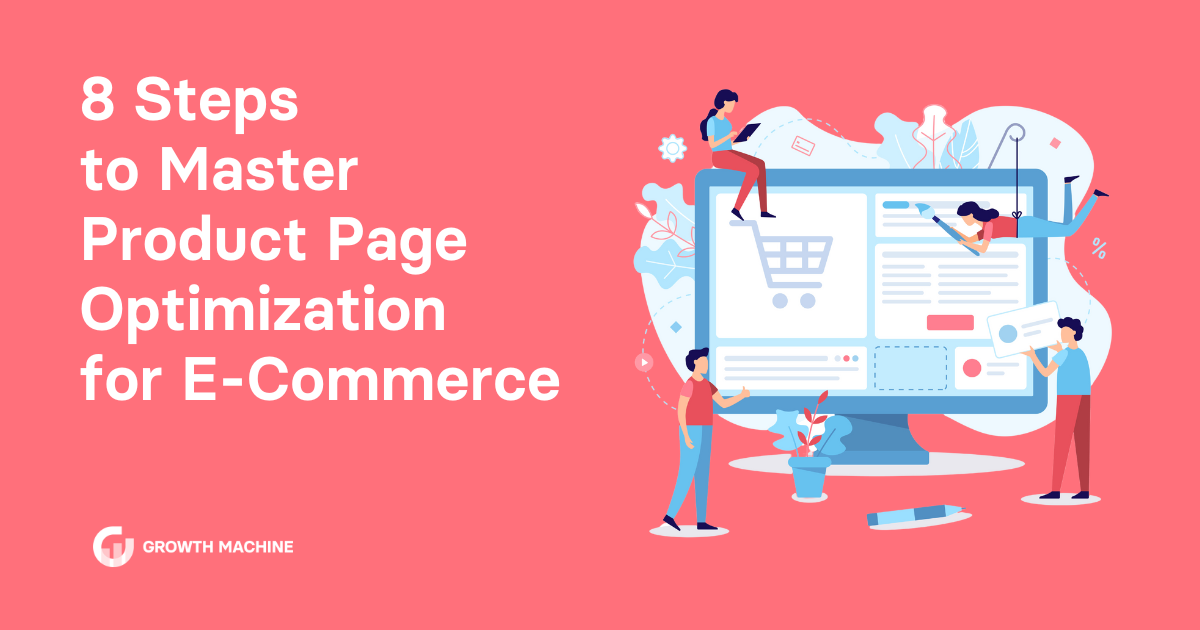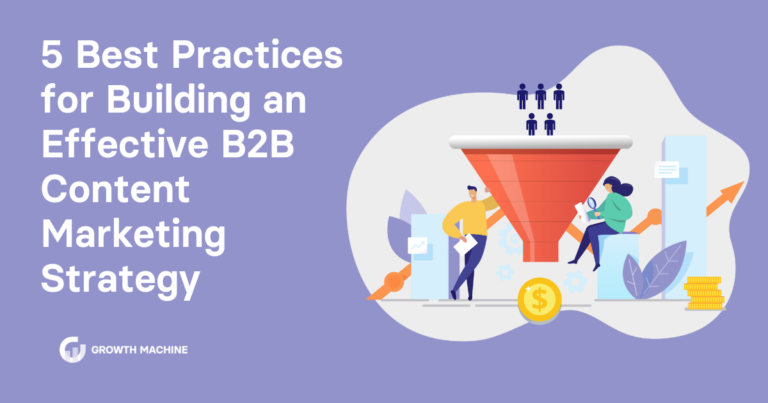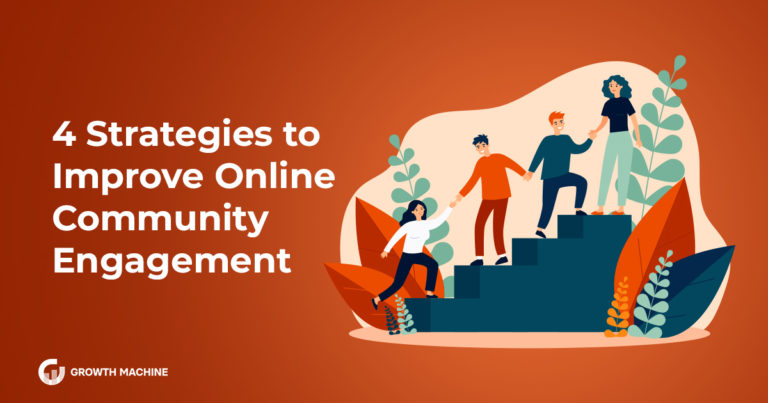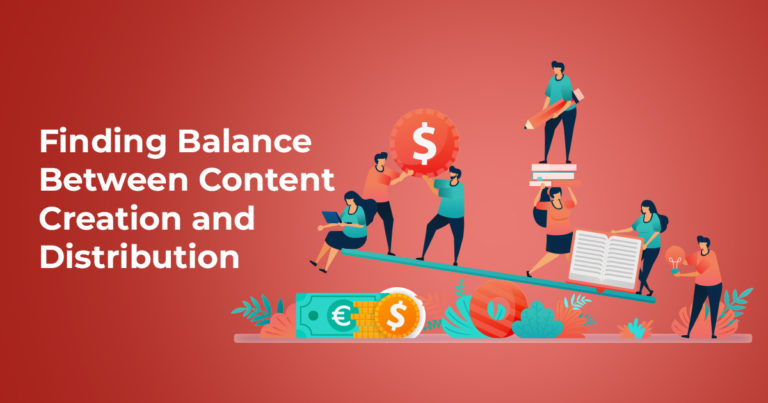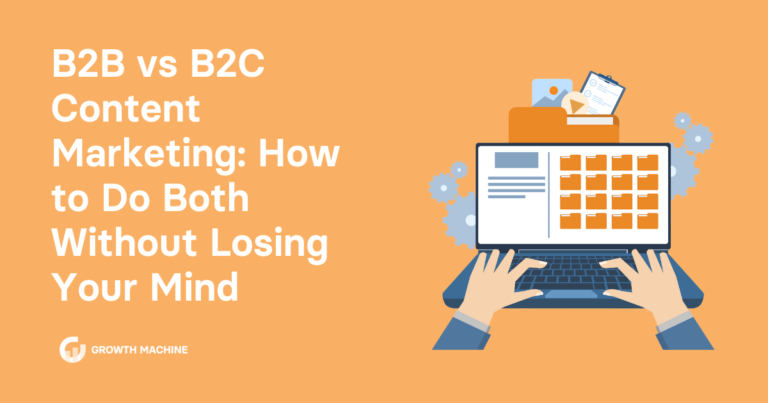8 Steps to Master Product Page Optimization for E-Commerce
With over 4 million Shopify stores operating in 2024, the e-commerce landscape is more competitive than ever.
The success of your e-commerce business hinges on one key factor: the effectiveness of your product landing pages.
To navigate this bustling market, let’s explore key product page optimization strategies that can elevate your product pages into powerful sales tools, enhance user experience, and boost your search rankings.
Why a Well-Optimized Product Page Matters
Product pages are more than just another facet of your online presence — they’re an invaluable part of your digital marketing strategy that directly impacts your bottom line.
Here’s why product page optimization is a must if you want to succeed in the e-commerce space:
- Enhances user experience: Well-optimized product pages provide a seamless and enjoyable shopping experience. With intuitive navigation, fast load times and responsive design, you can guide visitors through your funnel from the moment they discover your product, all the way through to purchase.
- Increases conversion rates: Every detail on a product page — from your images to detailed product descriptions and persuasive CTAs — plays a role in converting visitors to buyers. For example, a well-timed pop-up window with a clear CTA can influence a customer to take action immediately.
- Improved search engine visibility: Optimizing your e-commerce store for SEO is the number one way to make your business stand out online. By including relevant keywords, leveraging metadata, and adding alt text, you can drive more organic traffic and actively target users who are looking for products like yours.
- Higher customer retention: Effective product page optimization has the power to keep customers coming back again and again. By providing in-depth information, customer testimonials, and product comparisons, you not only build credibility and trust but encourage repeat purchases and create loyal brand advocates.
8 Product Page Optimizations to Help Your E-Commerce Store Stand Out
Here are 8 optimizations that can make all the difference when it comes to how your e-commerce store performs.
1. Page Load Speed and Mobile Responsiveness
Before we get into the gritty details of your product pages, it helps to start with basic functionality.
Keep in mind that today’s online shoppers are on the move, which means a mobile-friendly website is crucial. Plus, everyone appreciates speed.
Here’s how you can optimize your product pages for efficiency:
- Responsive design: Ensure your e-commerce site looks top-notch and functions smoothly across desktop and mobile devices, from Apple and Android phones to tablets.
- Quick page load times: Speed is everything when it comes to online shopping. Optimize your product images and streamline your website code to guarantee fast loading times and keep bounce rates low.
2. Captivating Product Images
There’s a popular saying that you never get a second chance to make a first impression. The same goes for your product images.
Not only are they often the first thing potential customers will notice when they click on a webpage, but they can be the make or break on whether they decide to purchase from you.
Here’s how to make your product images count:
- Use high-quality images: Invest in professional product photos that showcase your products in the best light possible. Clear, detailed images reduce buyer uncertainty by showing people exactly what they can expect from their purchase.
- Switch up your angles: Shopping on an e-commerce website isn’t the same as going to a store. But by showing products from multiple perspectives, you can give customers a more in-depth view, mimicking the in-store experience.
- Play with interactive features: Tools like image zoom or 360 degree views can make your online shopping experience feel more interactive. This keeps potential buyers engaged, and positively influences their purchasing decisions.
3. Compelling Product Descriptions
When it comes to your e-commerce product pages, the secret sauce lies in the product details.
A well-optimized product page does more than just list specs — it should tell your target audience a story.
Here’s how to write killer product descriptions for higher conversion rates:
- Highlight product features and benefits: Every product feature should be tied to a real-life benefit that speaks to your target audience. Let’s say your store sells outerwear — instead of simply stating that a jacket is “waterproof,” explain how the material will keep the customer dry and warm, even in stormy weather.
- Optimize for SEO: Search engine optimization is the key to online visibility. To boost your page’s visibility in search results and drive more organic traffic, incorporate keywords that your target audience might use when searching for your product. Always aim to integrate keywords and their variants naturally without making it seem forced.
- Use descriptive, engaging language: To encourage more online shoppers to hit that “add to cart” button, get creative with the wording! Use vivid language that speaks to their senses, so that customers can visualize themselves using your product. This makes your product descriptions not only informative but also enjoyable to read.
4. Custom Product Pages
Custom product pages that offer a tailored shopping experience can significantly boost customer satisfaction and conversion rates.
Here’s why they matter:
- More strategic: Custom product pages can display products based on a user’s past behavior, preferences, or even demographic information. You’ve probably seen this on e-commerce giants like Amazon — when you visit their website, the product pages you see are often personalized and based on your previous purchases or browsing history.
- Offer unique product features: These pages can include unique elements, such as interactive videos, augmented reality (AR) features, or custom options that aren’t feasible on your main product pages. A great example is IKEA Kreativ, which uses AR technology to help users visualize how their furniture would look in different parts of their home.
- Set your brand apart: Custom pages allow your e-commerce store to stand out by offering a unique shopping experience that aligns with your brand identity and values. Take Nike for example — their e-commerce store offers a feature called Nike By You, which allows customers to customize their sneakers, and reinforces their brand as a pioneer in athletic innovation and customization.
5. Show Off Raving Customer Reviews
Humans are social creatures, so it’s hardly surprising that testimonials can sway purchasing decisions.
Think about it: When you read a slew of negative reviews on Amazon or Google, does that prevent you from buying something?
Similarly, showcasing authentic reviews builds audience trust. Here are some other reasons why they’re beneficial for your online store:
- They act as social proof: Seeing positive feedback from other customers can reassure new buyers, tipping them from consideration to purchase.
- It gives you an SEO boost: Aside from showcasing your happy customers, reviews keep your content fresh and relevant — something that search engines like Google love.
- It shows people that you care: Encouraging customers to leave their thoughts is a great way to start a conversation. Always respond to reviews promptly and use feedback to make your product and customer experience even better.
6. Standout Calls-to-Action (CTAs)
If you’re trying to boost your conversion rates, a well-crafted CTA makes all the difference between a browser and a buyer.
Double-check that your CTAs:
- Grab attention: Place your CTAs where they’re easy to spot. To improve user experience, use buttons or colors that pop against the background of your webpage.
- Invoke a sense of urgency: Phrases like “Running Low” or “Limited Stock!” can add a sense of urgency that encourages quicker decision-making.
- Are clear and direct: Keep your CTAs simple and straightforward, such as “Add to Cart” or “Buy Now.”
Pro tip: Testing is the first step to successful product page optimization! Don’t be afraid to A/B test or try out multiple CTAs and compare which gets the most clicks.
7. Answer Frequently Asked Questions (FAQs)
Adding an FAQ section to your product pages is an excellent and digestible way to address common customer inquiries.
Here are some other ways that FAQs can improve product page performance:
- Better customer service: An FAQ section improves the shopping experience by providing immediate answers to common questions. This reduces hesitation and speeds up the decision-making process.
- Boosts SEO performance: Optimize your FAQs with keywords that are related to your products and industry to attract more organic traffic to your page.
- Encourage longer time spent on page: The more detailed the answers in your FAQs, the longer visitors will spend on your page. This provides a positive signal to search engines about the quality of your content, and leads to deeper site engagement.
- Supports international customers: If your store serves a global audience, FAQs can help clarify vital information that might not be obvious to customers from different regions, or who don’t speak English as their first language.
8. Expert SEO Integration
What separates the good product pages from the truly great ones? A thorough understanding of SEO and how it relates to product page optimization.
By understanding how both users and search engines navigate your web pages, you can do everything in power to get those pages ranking higher in the search engines.
Here are some best SEO practices for effective product pages:
- Structure your content with intention: Make your product listings stand out by using clear headers with the product name, bulleted lists to lay out features/benefits, and short compelling paragraphs that make information easy to scan and digest.
- Develop a content plan to solve customer pain points: Use your content to become a trusted resource in your industry. By answering questions about topics relevant to your audience and offering up your products as a solution, you’ll earn your audience’s trust and encourage them to buy from you when the time is right. Check out how we helped this e-commerce site increase traffic by 11,212% in only 10 months with a targeted content strategy!
- Create crafty meta descriptions: Meta descriptions are one of the first things potential customers will see if they stumble across your products in search engines or Google Ads. Make sure they’re enticing and make people want to click through from search results to learn more.
- Write detailed alt text: Not only is alt text for your product images necessary for accessibility, it can also boost your SEO.
- Don’t forget app store optimization (ASO): Many e-commerce stores these days offer mobile shopping apps. Remember: App stores are search engines too! Use relevant keywords in your app title, and app store product page, and gather positive reviews to keep your app up-to-date and improve visibility and downloads.
Tackle Your Product Page Optimization with an Experienced SEO Partner
Tackling all aspects of product page optimization can be daunting.
That’s where Growth Machine comes in. We’ll comb through your product pages for SEO opportunities, conduct keyword research, and provide refreshed page copy, titles, and meta descriptions that will send your conversion rates through the roof.
And if you want to take it a step further and support your e-commerce with amazing content, we offer an array of marketing services to boost your online presence. From blog content to newsletters, we handle it all, allowing you to focus on other strategic areas of your business.Ready to step up your e-commerce game? Contact Growth Machine today and let us help you amplify your marketing efforts and get more eyes on your website.

